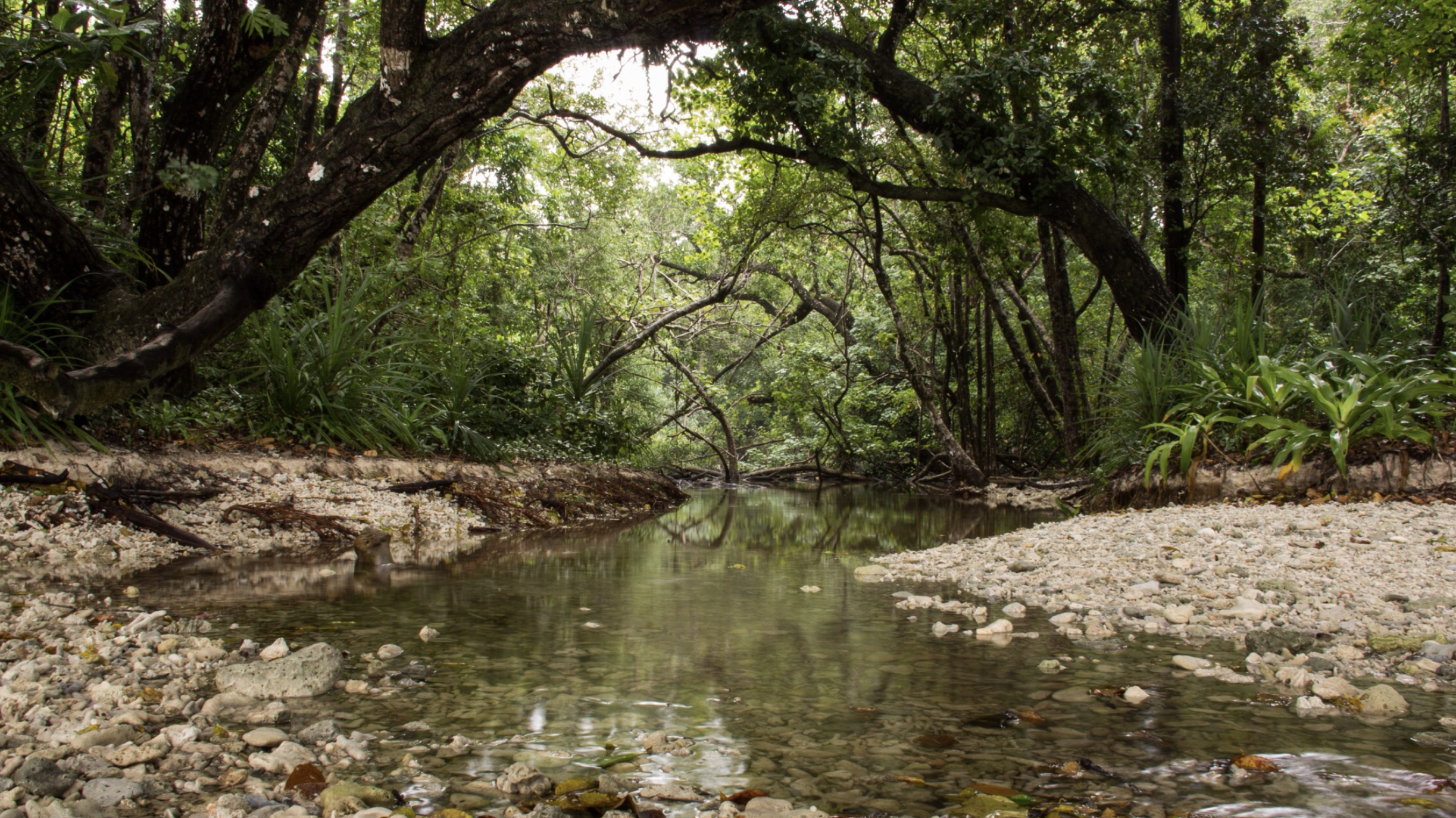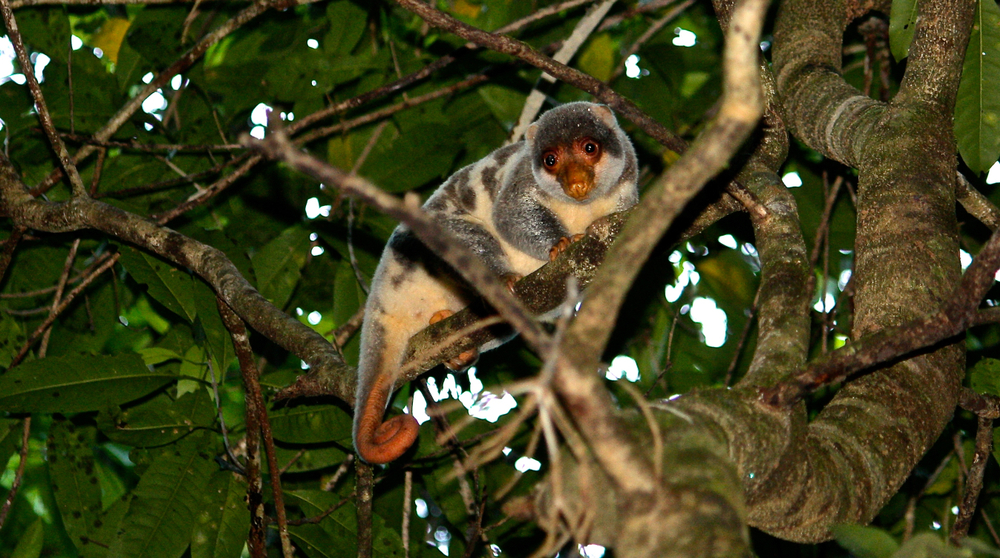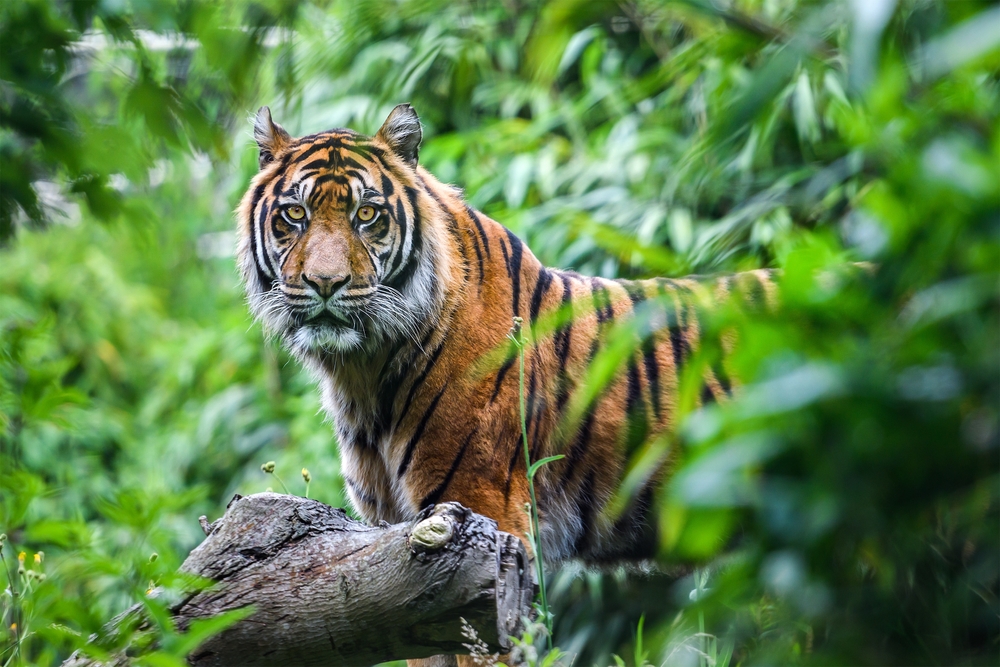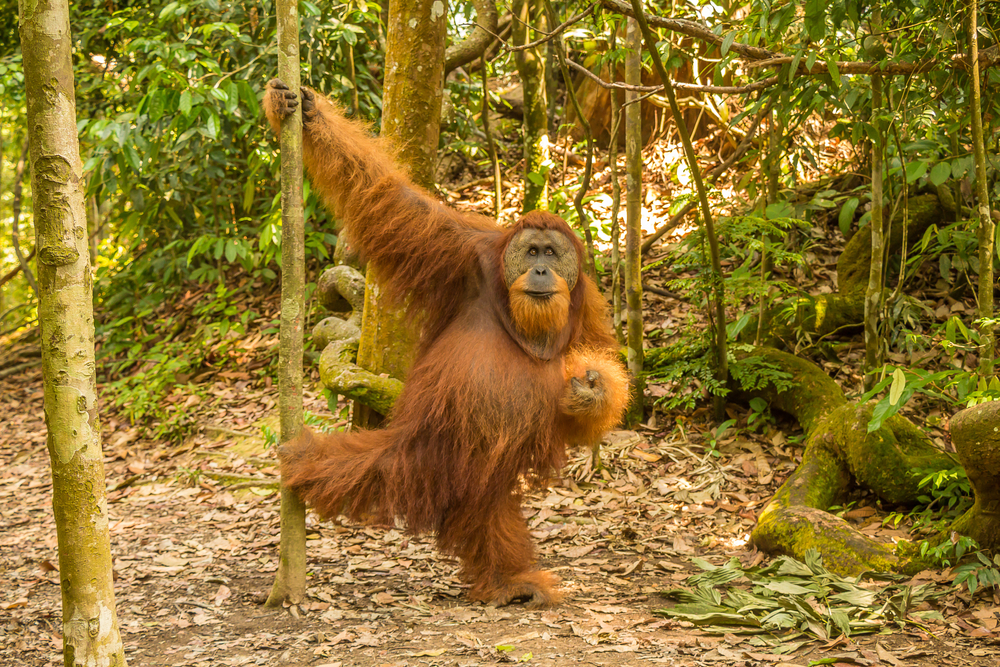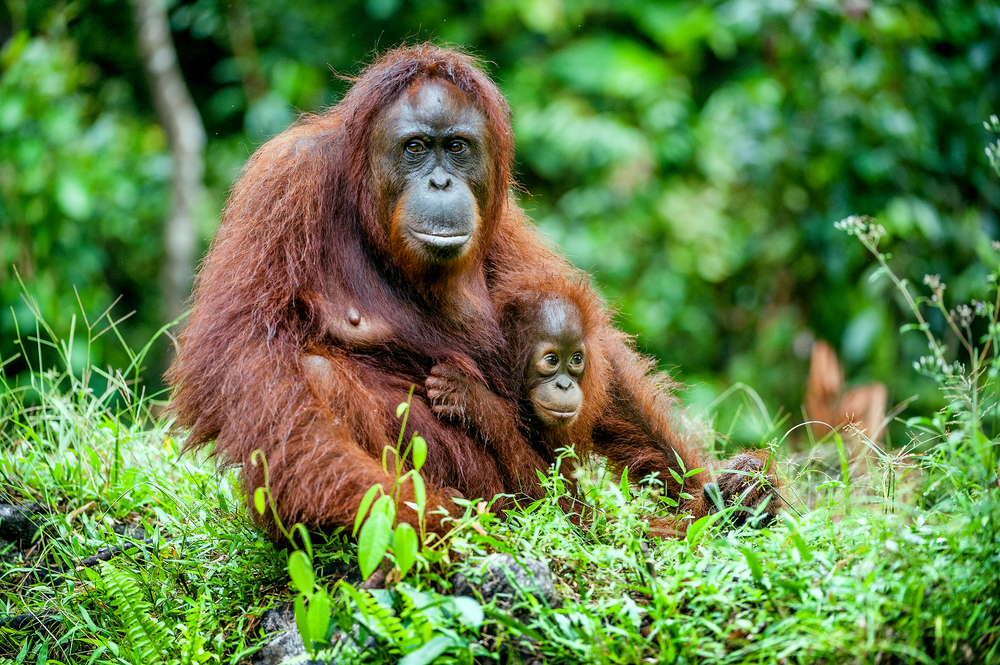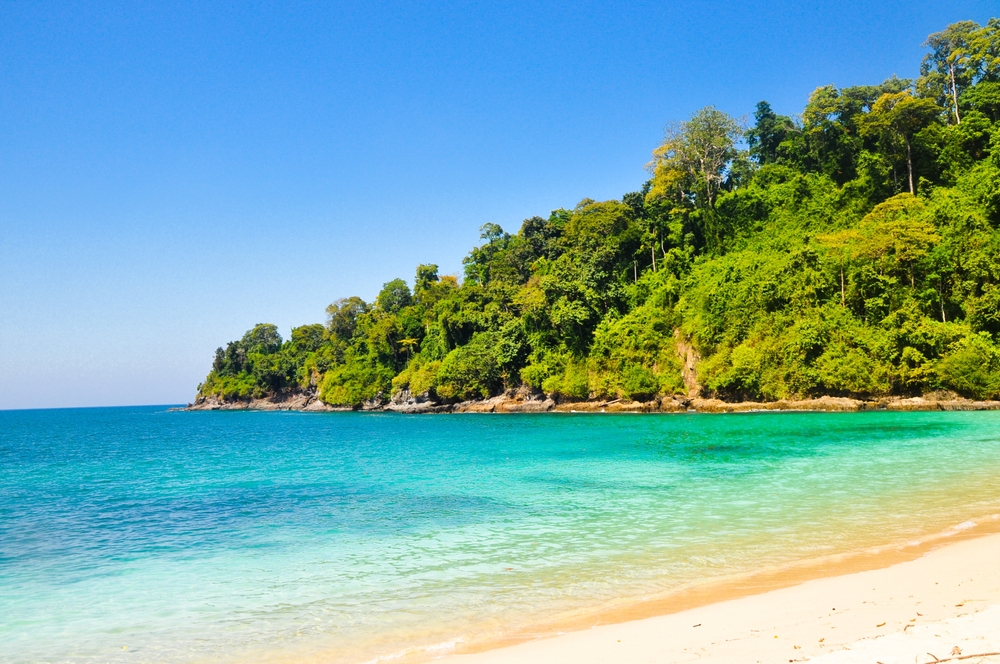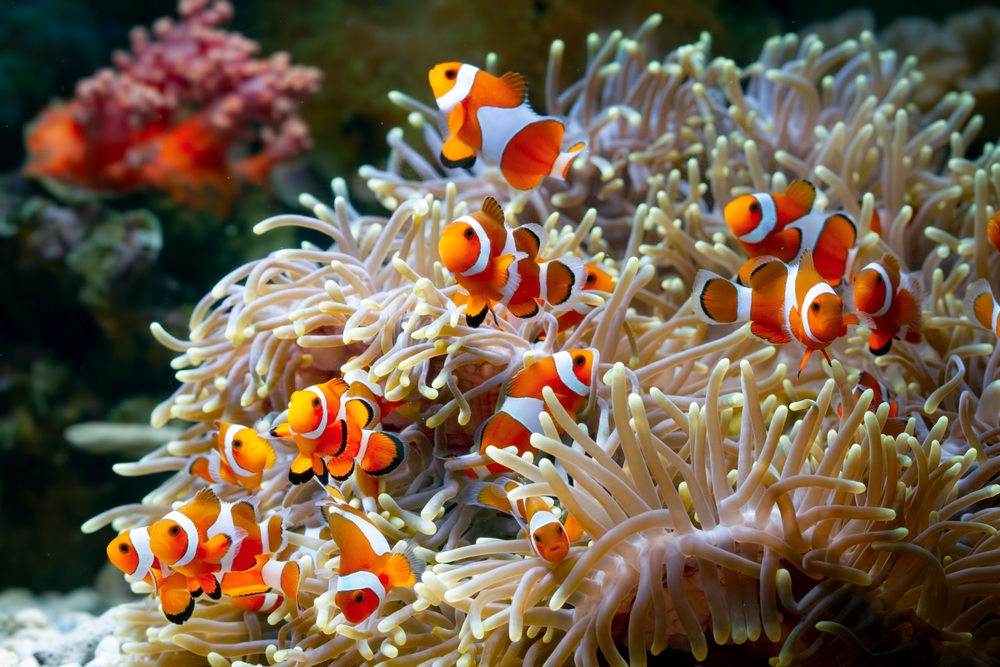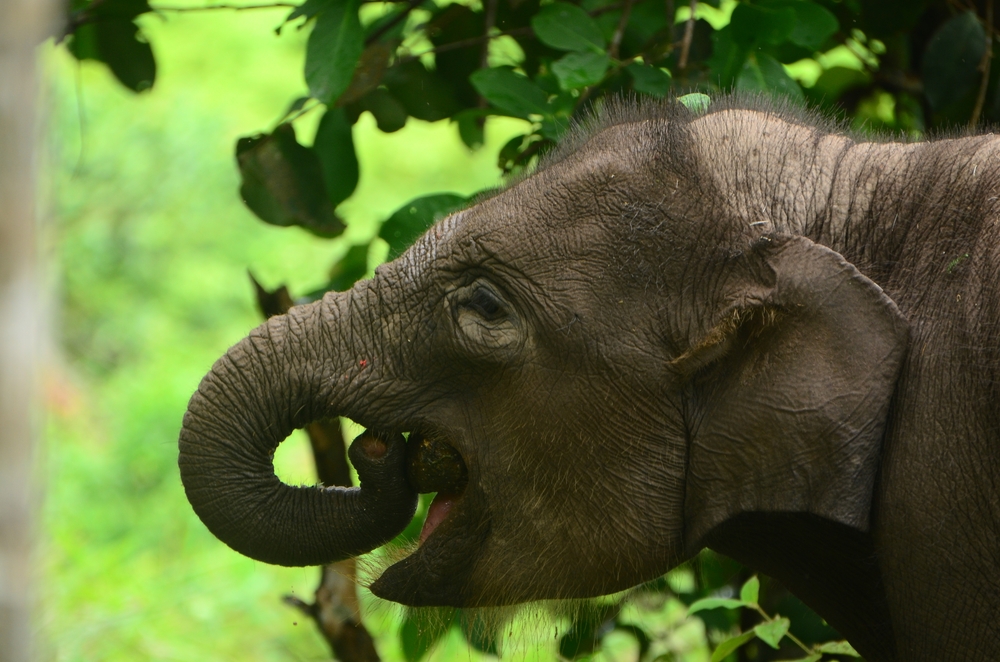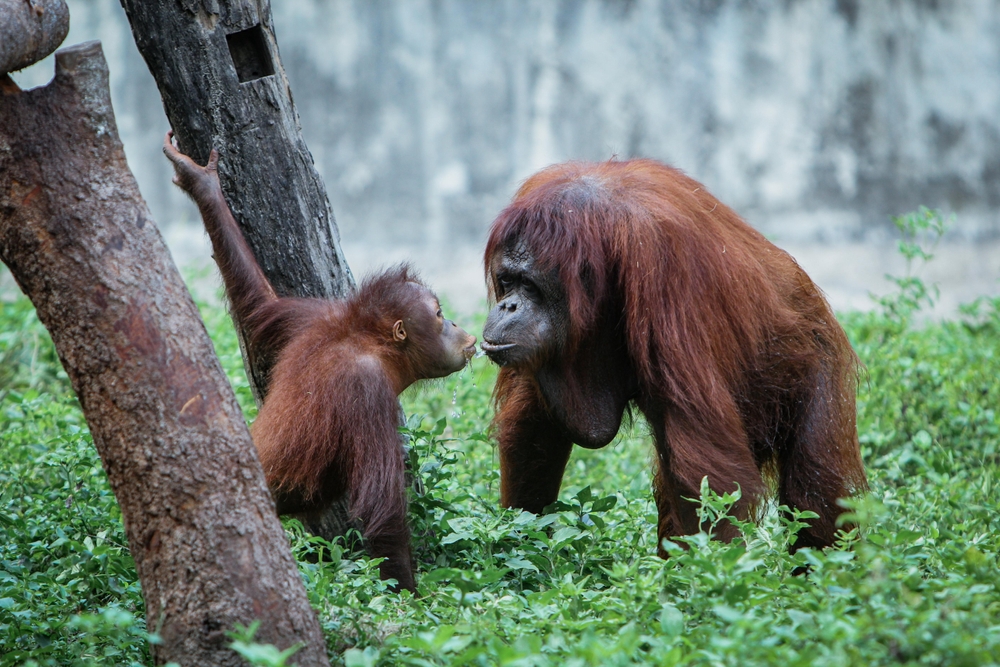Ujung Kulon Overview
Ujung Kulon National Park, located in the westernmost tip of Java, Indonesia, is a UNESCO World Heritage Site renowned for its ecological and biological significance. The park spans approximately 475 square miles (1,229 square kilometers) and is one of Southeast Asia’s most critical conservation areas.
Its local name, Taman Nasional Ujung Kulon, translates to “Western Tip National Park,” referencing its location at the westernmost end of Java, near the Sunda Strait. The park encompasses the Ujung Kulon Peninsula, several islands including Handeuleum and Panaitan, and the volcanic Krakatoa island group, creating a unique and biodiverse environment.
The park’s terrain is a captivating mix of lush rainforests, mangrove swamps, grassy savannas, and pristine coastal areas. Towering mountains like Mount Honje offer panoramic views, while serene rivers, such as the Cigenter River, meander through dense forests.
Beaches and coral reefs add further to its scenic diversity. The park is also home to the renowned Gunung Payung waterfall, hidden deep within the jungle, and offers an otherworldly experience for those adventurous enough to explore.
Ujung Kulon is perhaps most famous as the last natural habitat of the critically endangered Javan rhinoceros, with fewer than 80 individuals surviving in the wild. Other notable mammals include banteng (wild cattle), Javan leopards, and silvery gibbons. Reptiles such as monitor lizards and saltwater crocodiles inhabit the coastal areas, while green sea turtles nest along its beaches.
The park is also a haven for birdwatchers, as it is home to over 270 bird species, including the rare Javan hawk-eagle, oriental pied hornbill, and the black-winged starling. These diverse species thrive in Ujung Kulon’s relatively undisturbed ecosystems.
Visitors are drawn to Ujung Kulon for its pristine wilderness and the sense of isolation it offers. Popular activities include jungle trekking through the dense forests, wildlife spotting tours, and river canoeing, particularly in the Cigenter River, where visitors can glide silently among lush vegetation while spotting wildlife.
The coral reefs surrounding Panaitan Island are a hotspot for snorkeling and diving enthusiasts, providing glimpses of vibrant marine life. The Krakatoa volcanic islands, steeped in history and geological significance, are another key attraction for visitors, offering trekking and boat tours.
The park has been at the forefront of conservation efforts for decades, but it faces ongoing challenges. Habitat degradation, poaching, and human-wildlife conflicts pose threats to its delicate ecosystems. However, concerted efforts by park management, local communities, and international organizations have achieved significant successes, including habitat restoration programs and stringent protection measures for the Javan rhinoceros. Conservation education and sustainable ecotourism initiatives have further bolstered the park’s preservation.
Park Map
Ujung Kulon National Park Highlights
Share your clicks with us
Sources
- Header Image Source: https://en.wikipedia.org/wiki/Ujung_Kulon_National_Park
- Rhino Image Credit: Photo by Mr. Alain Compost, https://nationalparksassociation.org/wp-content/uploads/2025/01/Ujung-Kulon-National-Park-Rhinos.jpg








































































